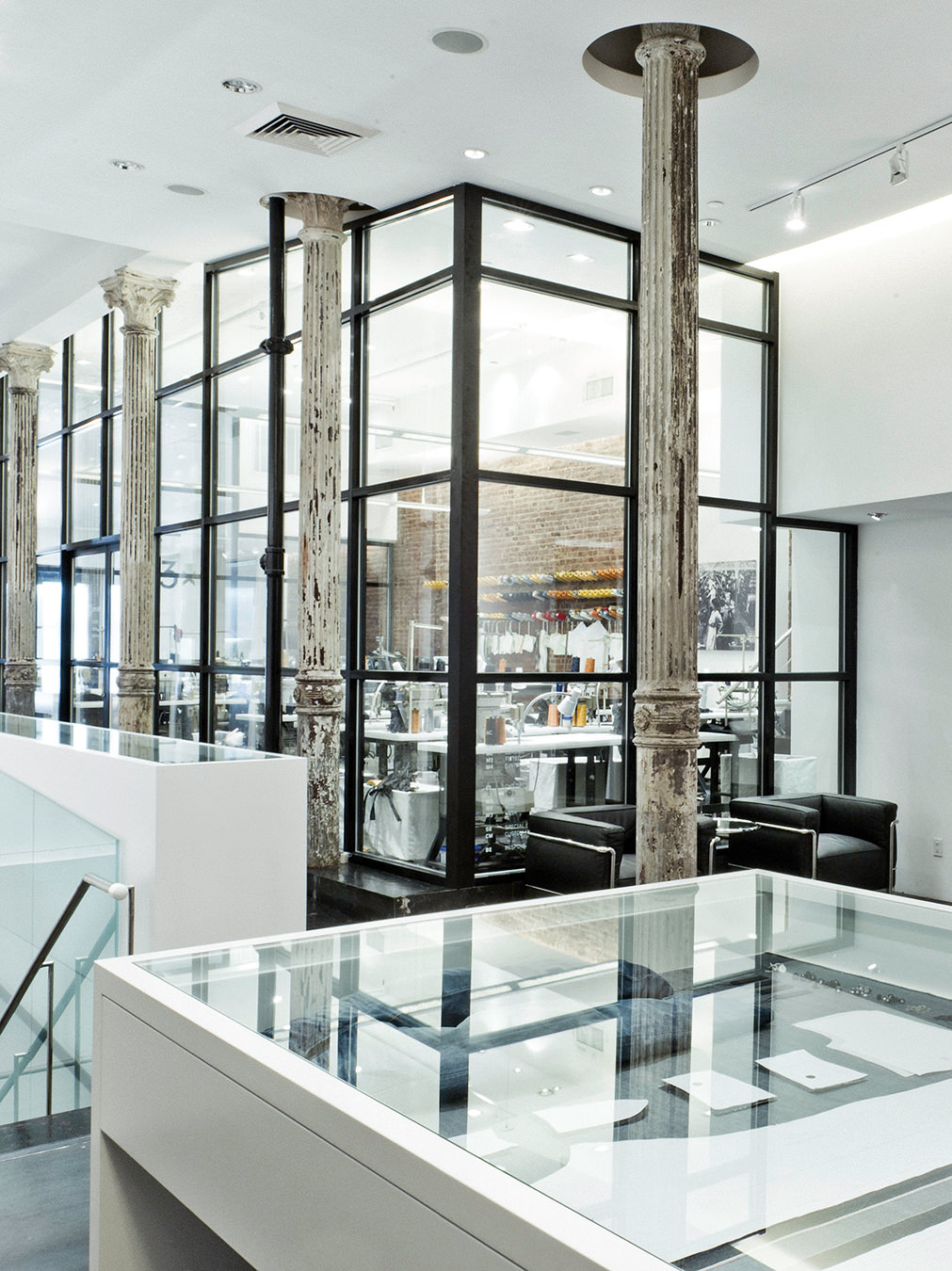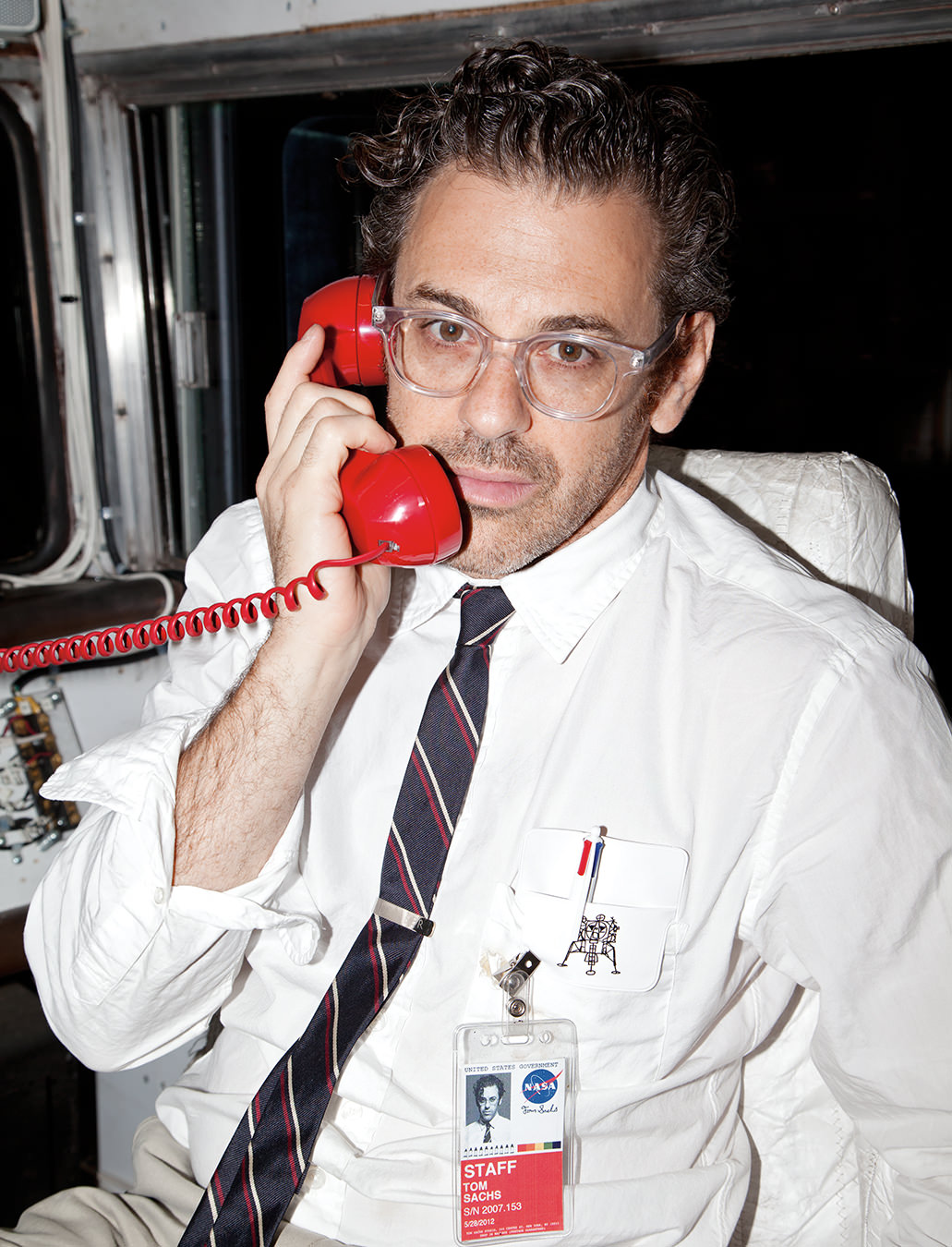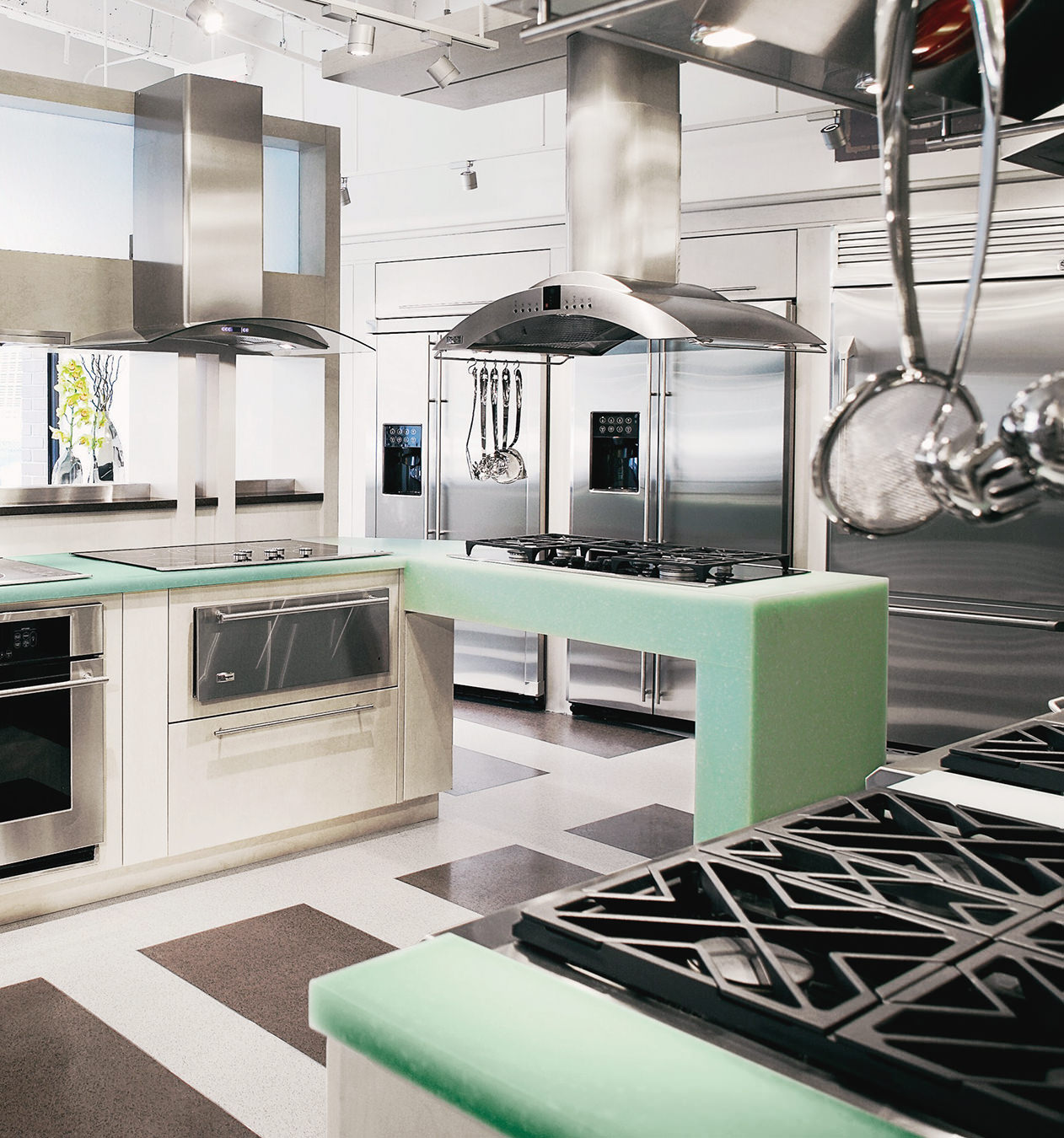-
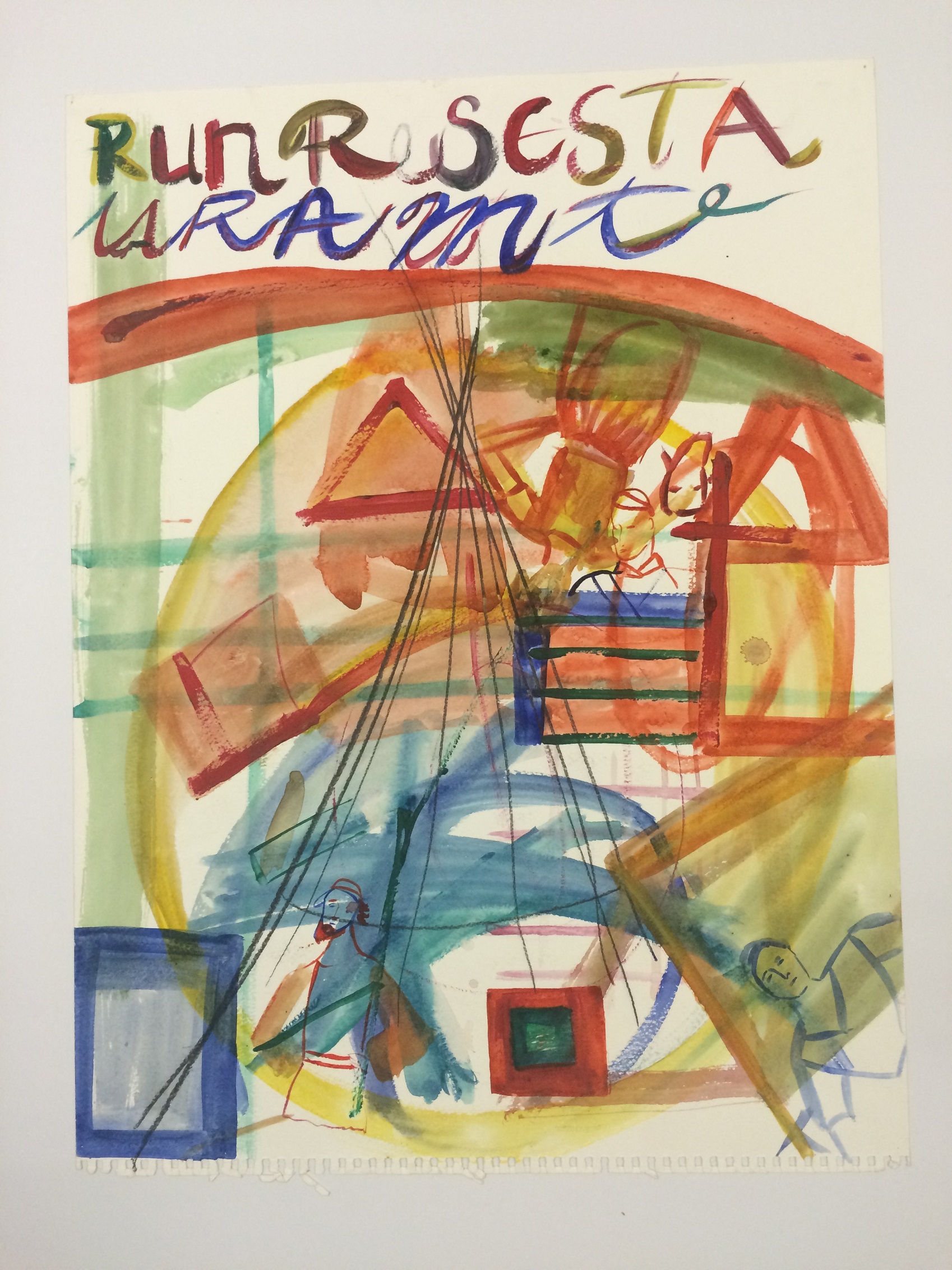
Susan Cianciolo, Untitled, 2000. Watercolor on paper, 24 x 18 in. (61 x 45.7 cm). Courtesy the artist and Bridget Donahue, New York.
-
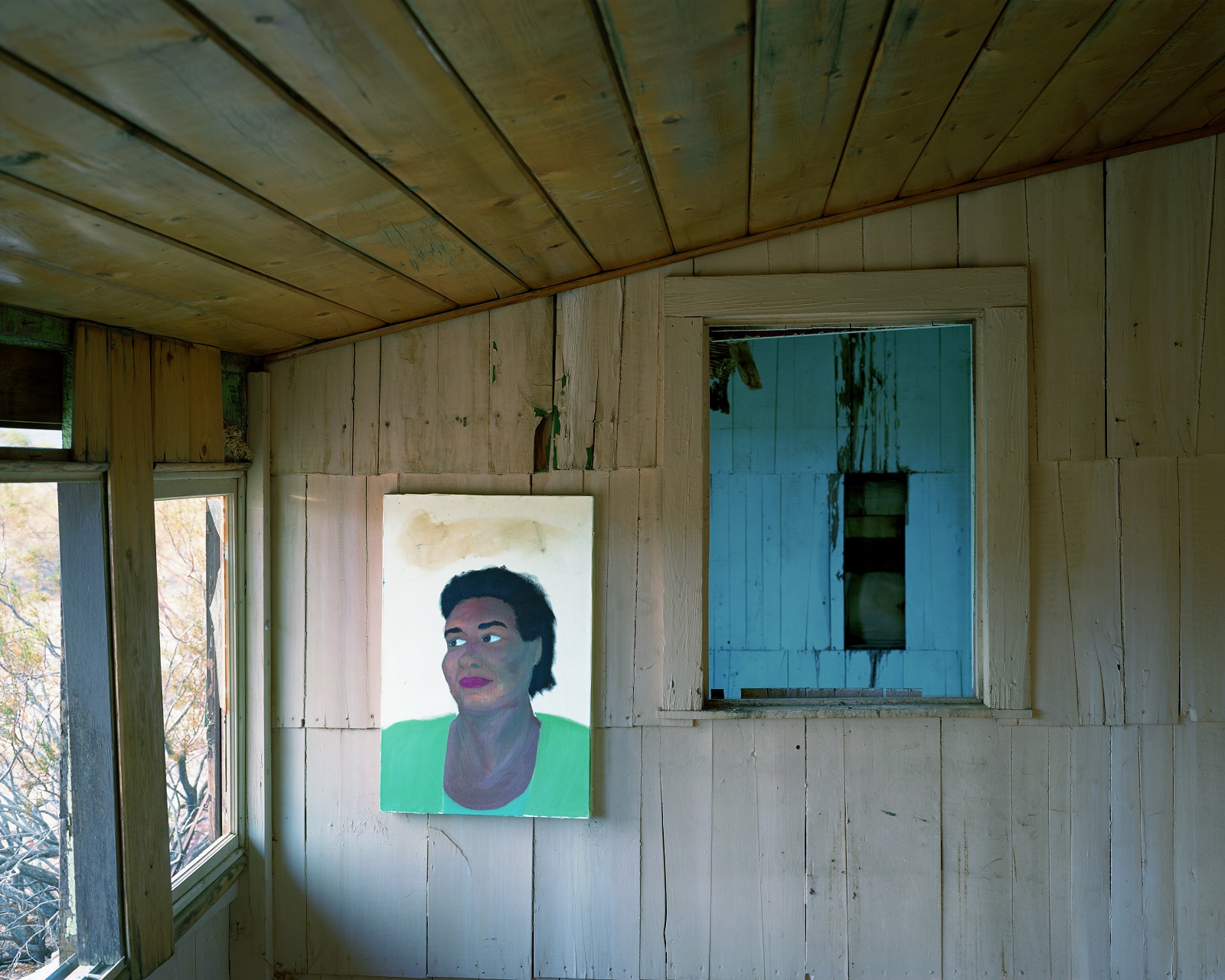
John Divola, Abandoned Painting B, 2007. Inkjet print, 44 x 54 in. (111.8 x 137.1 cm). Collection of the artist; courtesy Maccarone Gallery, New York and Los Angeles, and Gallery Luisotti, Santa Monica, CA.
-
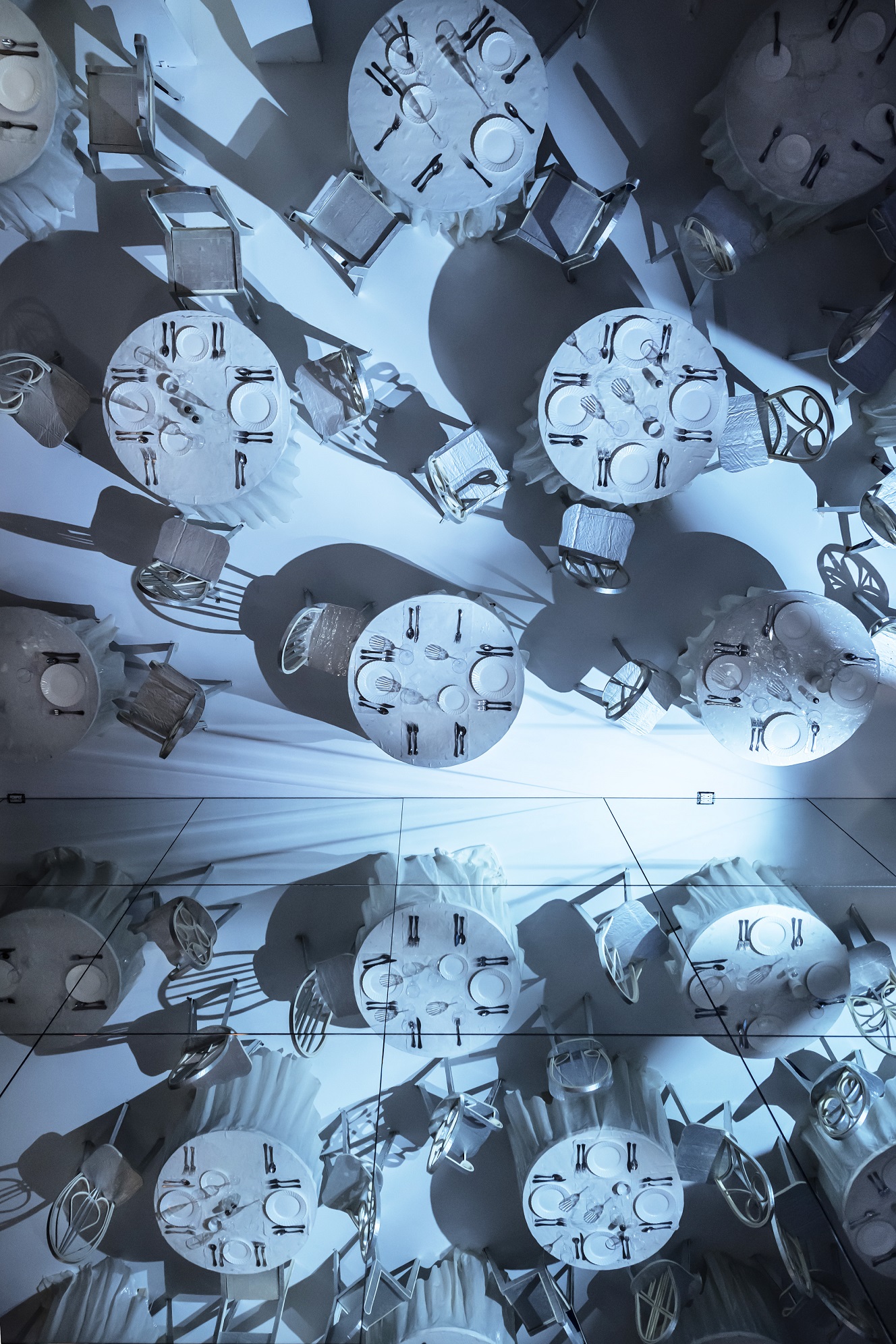
Samara Golden, A Fall of Corners, 2015. Foam insulation board, resin, fabric, paint, lighting gels, found objects, mirror, video projection, sound, 35 x 35 x 15 ft. (10.7 x 10.7 x 4.6 m). Installation view: Samara Golden: A Fall of Corners, CANADA, New York, NY, September 12–October 25, 2015. Courtesy the artist. Photograph by Samara Golden.
-
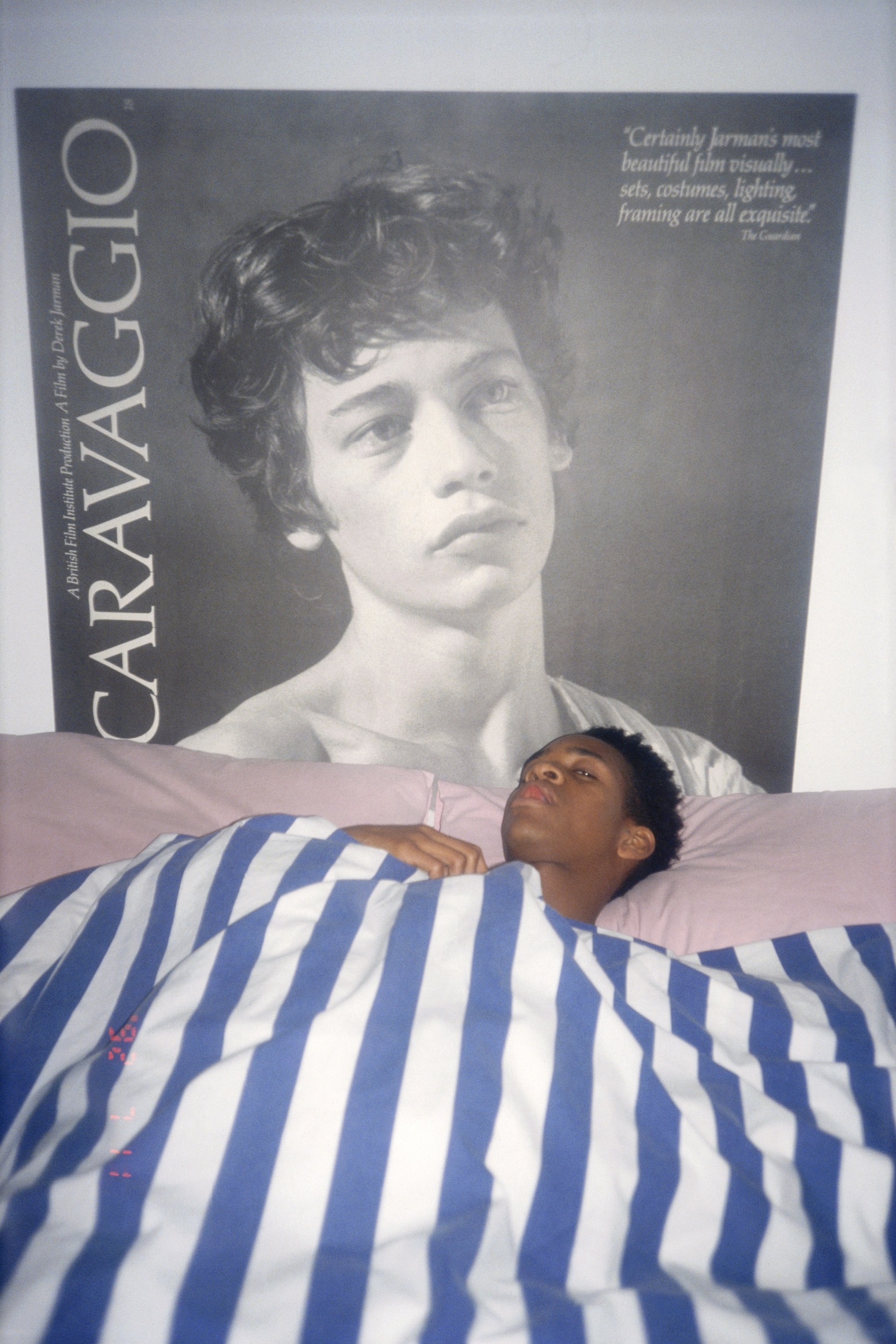
Lyle Ashton Harris, Lyle, London, 1992, 2015. Chromogenic print, 20 ½ x 15 in. (52.1 x 38.1 cm). Collection of the artist; courtesy the artist.
-

Aliza Nisenbaum, La Talaverita, Sunday Morning NY Times, 2016. Oil on linen, 68 x 88 in. (172.7 x 223.5 cm). Collection of the artist; courtesy T293 Gallery, Rome and Mary Mary, Glasgow.
-
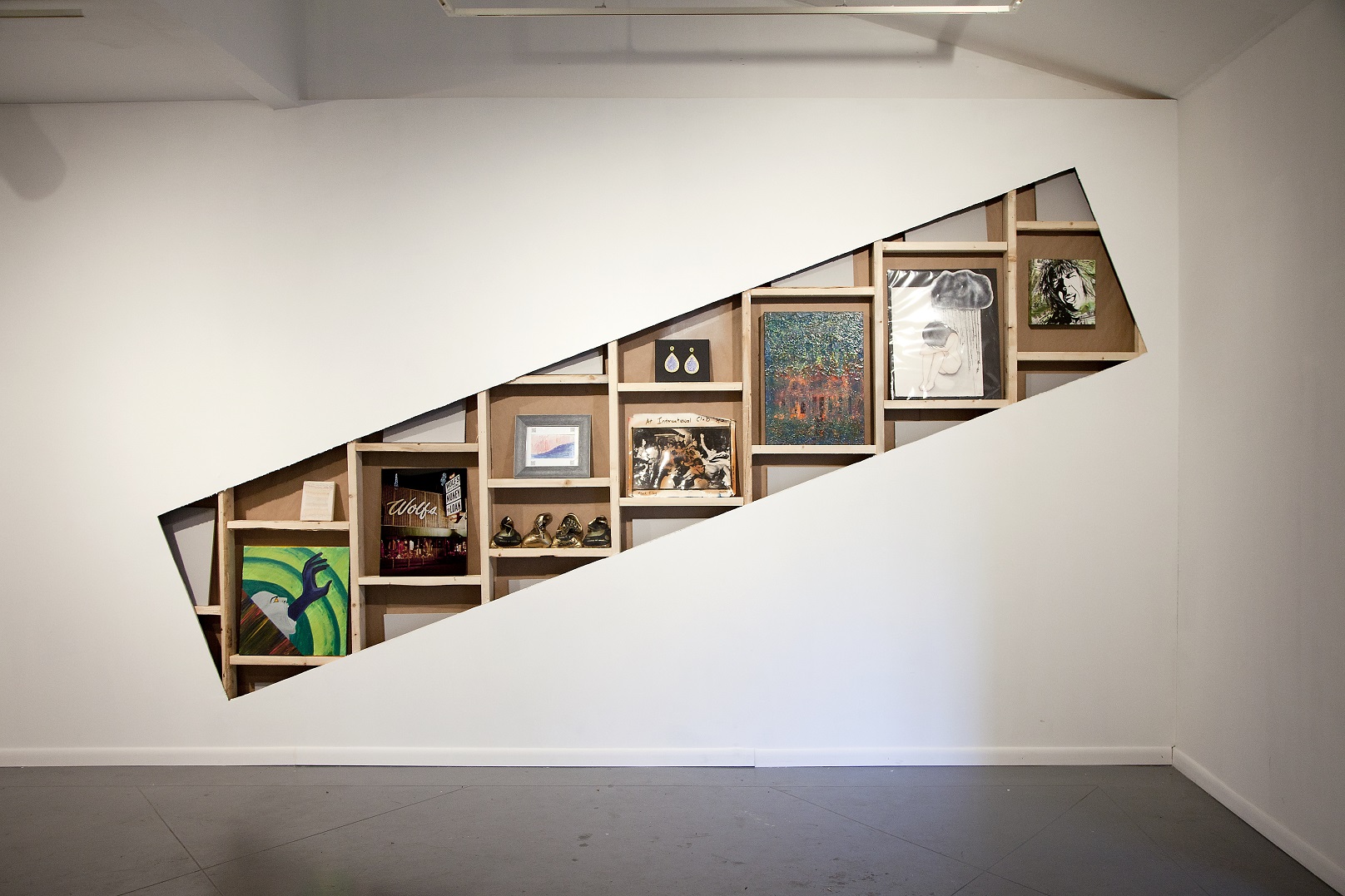
Occupy Museums, Stress, Fear and Anxiety Bundle, 2015. Artworks by artist whose collective debt totals $732,462.24 and who use the words “stress,” “fear.” Or “anxiety” when discussing how their economic realities make them feel (left to right: Amy Beth Wright, Katherine Culbertson, Marc Newsome, anonymous, Lucas Berd, Claire Webb, Ben Tecumseh De Soto, Greg Scott, Bereniz Martinez, and Lara Anne). Installation view: Debtfair, Art League Houston, Houston, TX, November 20, 2015-January 10, 2016. Courtesy the artists.
-
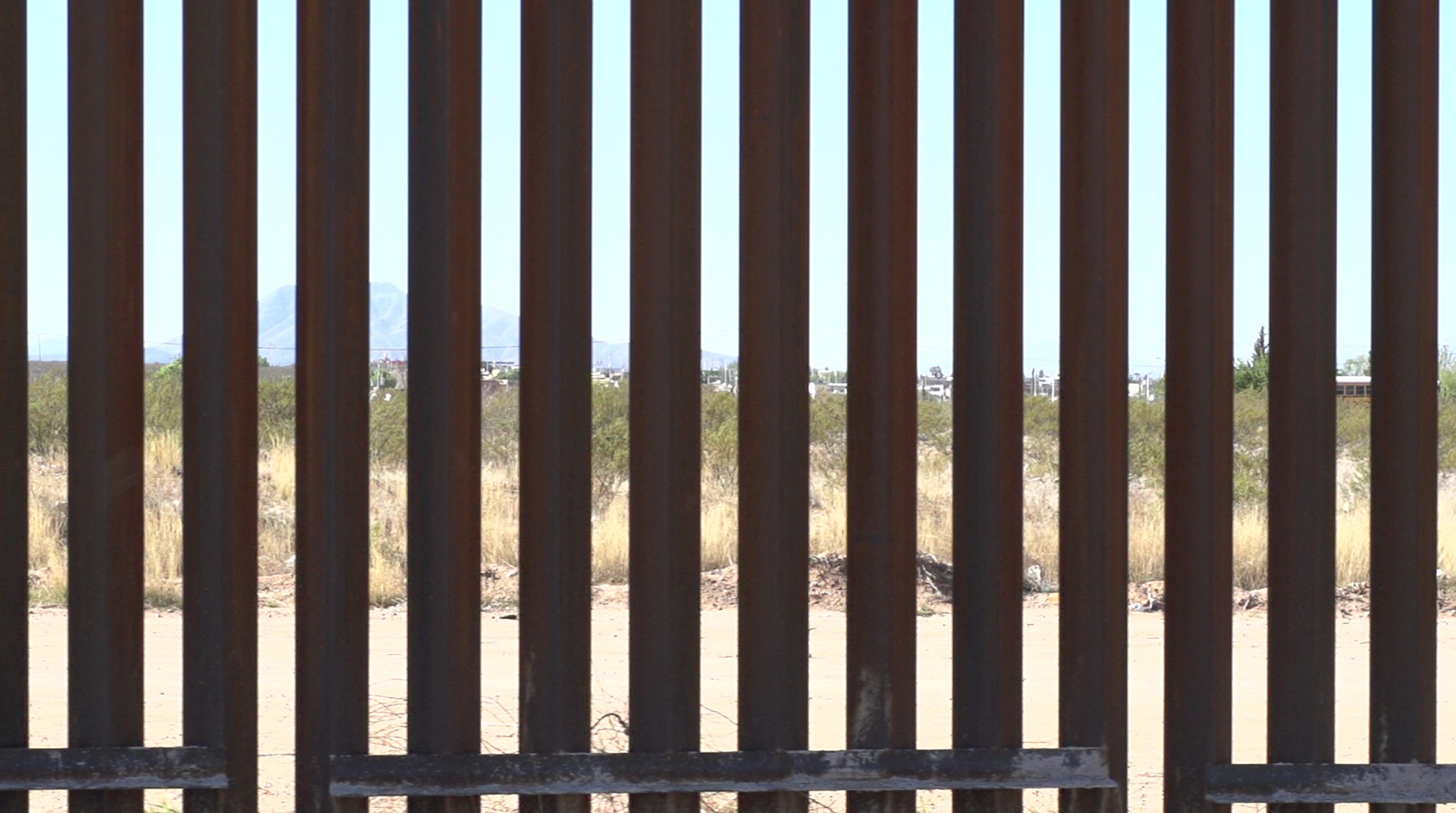
Postcommodity, still from A Very Long Line, 2016. Four-channel digital video, color, sound; looped. Courtesy the artists.
The Whitney Biennial 2017
A spotlight on art in turbulent times.
Ever since the illustrious U.S. art patron Gertrude Vanderbilt Whitney launched the Whitney Biennial in New York in 1932, this venerable survey of contemporary art in America has become the Holy Grail for up-and-coming artists looking to snag a spot in its coveted exhibition lineup and take their shot at fame and fortune.
The 2017 Biennial—the first to be held in the Whitney Museum of American Art’s expansive new building in Manhattan’s Meatpacking District—is set to say volumes about a nation currently living through an extraordinary era of rough and tumble presidential politics.
“The exciting thing about the Whitney Biennial is that it is always a snapshot of the movement going on in the art world, particularly now given the election we’ve just gone through in the United States,” said Biennial co-curator Christopher Y. Lew.
Indeed, for the first time in two decades, the lead-up to this 78th edition of the Whitney Biennial coincided with one of the most surreal and contentious battles for the White House in U.S. history. The turbulent climate of the last 18 months clearly influenced the 63 artists chosen to participate in this fêted event, which opens on March 17, 2017, in the museum’s column-less, 18,200 square-foot exhibition space.
Lew, along with Biennial co-curator Mia Locks, spent almost eight months travelling through 40 cities across the U.S. looking for artists and artworks that were powerful and provocative enough to be given one the most highly influential platforms in today’s art world.
“Chris and I visited with many artists and as we searched them out ideas began to emerge about the shape this exhibition would take,” said Locks.
Those unifying themes revolved around the idea of personal identity, social struggles, and finding one’s connection to the world at large.
“Much of the art showcased in this Biennial is about the artist or the self in relation to today’s tumultuous world.”
“At this moment many issues matter in the U.S., which, to be honest, is grappling with special tensions in the aftermath of this historic election. Yet living through this electoral process has clearly raised questions about our sense of self in our communities and in our country,” said Lew. “In fact, much of the art showcased in this Biennial is about the artist or the self in relation to today’s tumultuous world.”
Key themes of personl and civic unrest underscore the vast array of paintings, sculptures, drawings, installations, film, videos, photography, performance pieces, music featured in the 2017 Biennial, all of which have been created by artists who vary in race, sexual orientation, geographic location, and world views.
Some standouts include the digital slideshows of city streets, buildings, and people by New York photographer Oto Gillen; modernist furniture sculpture from Brooklyn’s Jessi Reaves; and humorous, painterly animation works created by L.A. artist Tala Madani.
“Our new building is a clean slate. It’s full of possibility and that has been an inspiration,” said Lew.
“This Biennial is a piece of art. We want people to come in, be energized and engaged by what they see and get lost in it in a positive way.”
The Whitney Biennial runs March 17 to June 11, 2017 at the Whitney Museum of Modern Art, 99 Gansevoort St, New York, NY.


